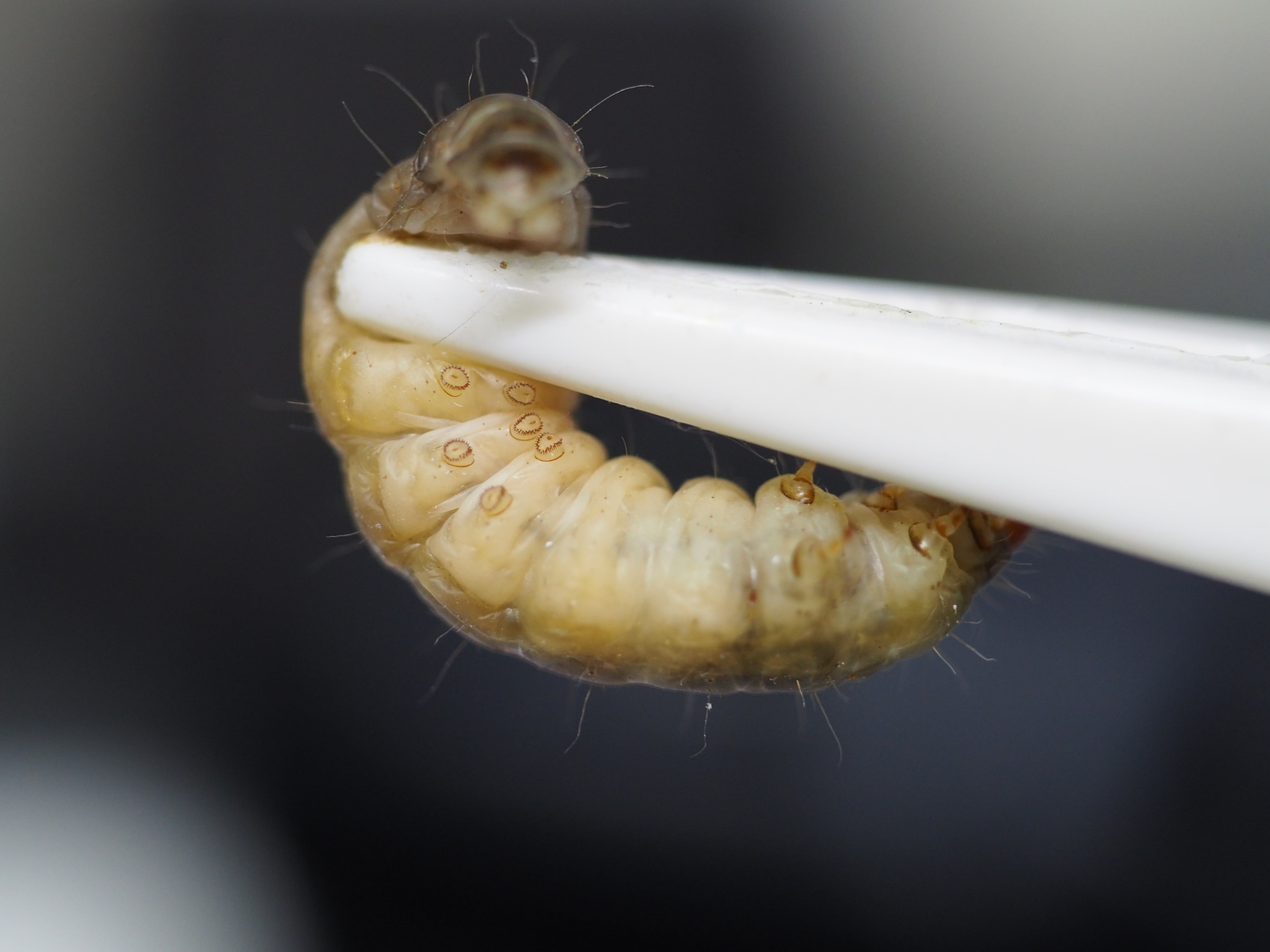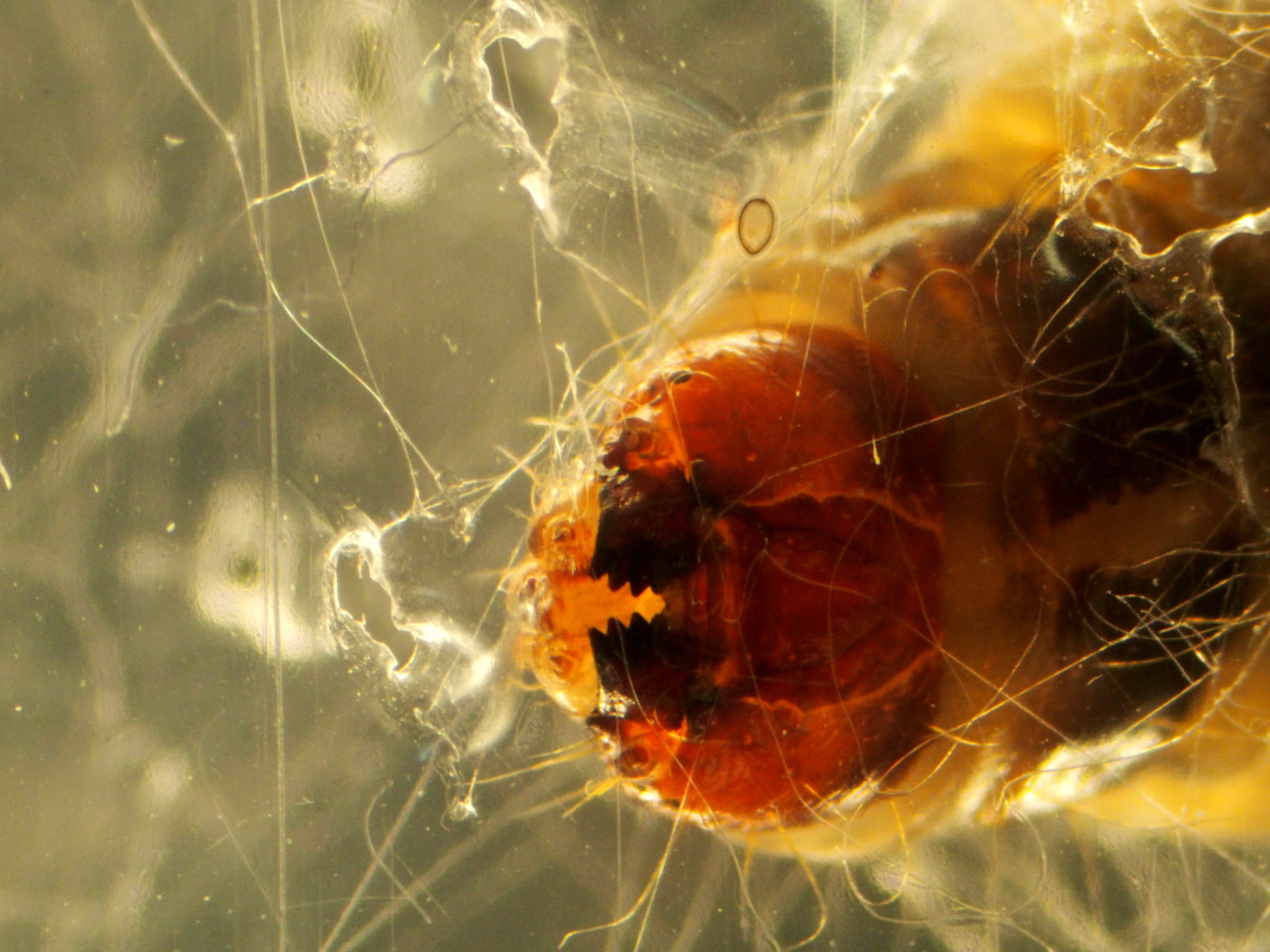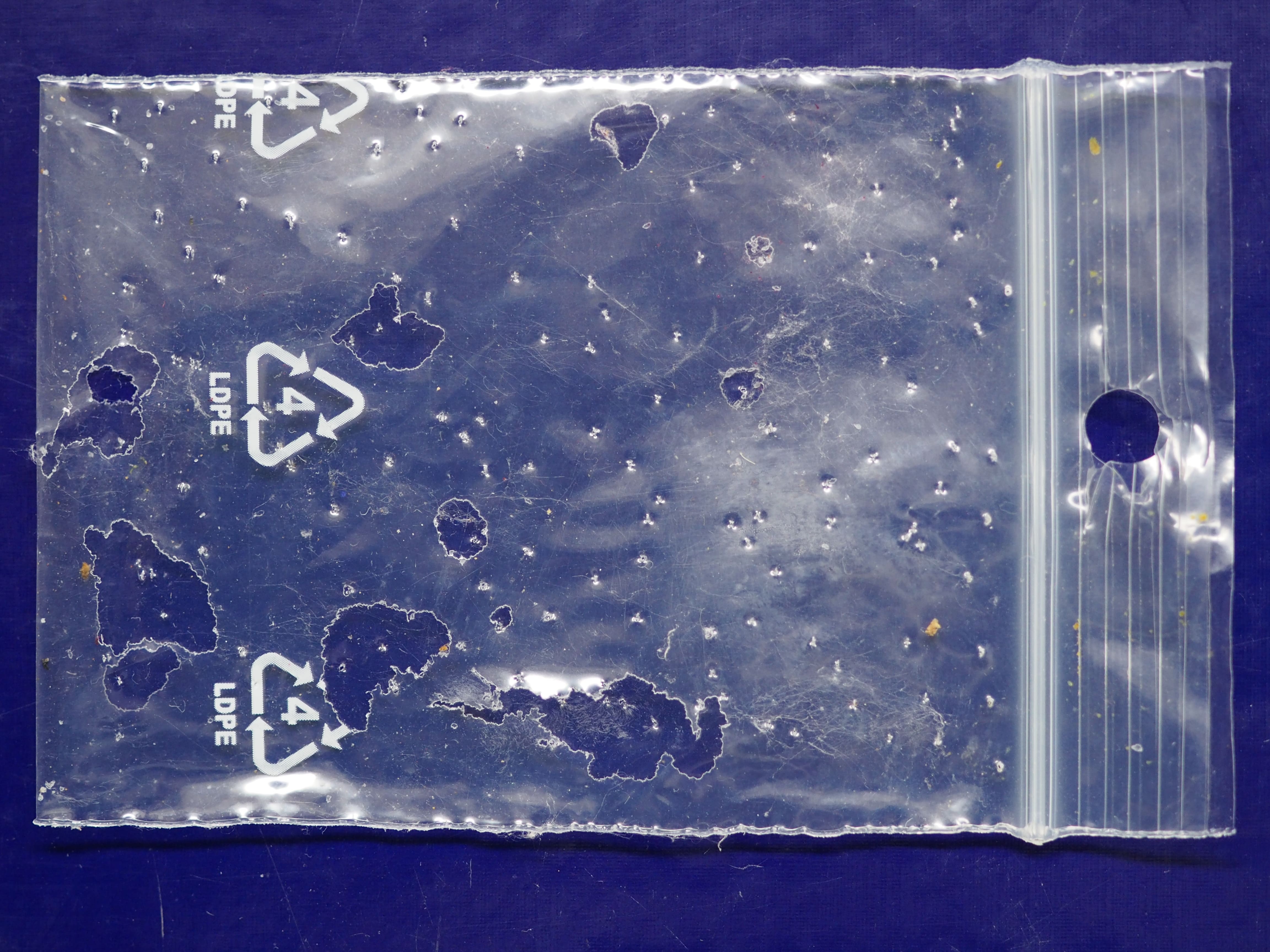Plastics, recycling
Caterpillars of the wax moth love eating plastic: Fraunhofer LBF investigates degradation process
Fraunhofer Institute for Structural Durability and System Reliability LBF have taken a closer look in an attempt to answer this question. The initial situation: larvae of the wax moth Galleria melonella are thought to eat and digest polyethylene, which is why they are considered to contribute to the CO2-neutral elimination of the mountains of plastic waste that are growing worldwide. However, whether the caterpillar can do this is still not understood and is currently the subject of controversial discussion. Within the framework of a research project on the chemical imaging analysis of plastic digestion in caterpillars (RauPE), a team from Fraunhofer LBF used high-resolution Raman microscopy and dedicated software to follow the path of the plastic through the caterpillar and made important contributions to clarifying these unanswered questions.
According to a study published in early 2019, larvae of the wax moth Galleria melonella consume polyethylene (PE) and convert it at a remarkable rate: 100,000 caterpillars eat about 5.2 kilograms of PE within one week. This would open up promising possibilities for the disposal and elimination of large quantities of plastic waste. However, before this remarkable ability of the caterpillar can be harnessed technologically, it must be clarified whether it actually digests the PE or merely crushes and excretes it.



Own software decomposes Raman spectra
PE digestion by wax worms was the question pursued by the team at Fraunhofer LBF within the RauPE project by using state-of-the-art, high-resolution Raman microscopy. During the course of the project, the team has also developed dedicated software for Raman microscopy of mixtures in Python. With the help of machine learning, it can separate the superimposed Raman spectra of the components. It provides the spectra of the individual components on the one hand and their local concentration on the other. This enables researchers to detect even low concentrations of a substance, such as PE, within a complex mixture.
The combination of Raman microscopy and software is able to spatially visualize low concentrations of plastics within a mixture of different organic substances as they ocurr within the caterpillar. This is possible in three dimensions with a resolution of up to one micrometer (0.001 mm). By using confocal optics, scientists can study caterpillars non-destructively, i.e. largely without preparation.
No biodegradation of polyethylene proven – further efforts necessary
The results so far have amazed the project team: caterpillars eat holes into PE foil, take in small amounts of it and at the same time lose considerable body mass. Once there are holes, the caterpillars stop further material intake. The analytical measurement data does not provide any evidence that the caterpillars digest the polyethylene: »The fact that caterpillars biodegrade polyethylene remains a visionary goal for the time being, and intensive interdisciplinary efforts are essential to achieve it. For scientific research, it is therefore all the more important to avoid and recycle plastic waste, taking into account all stages along the packaging value chain,« emphasizes Dr. Bastian Barton, who supervised the research project at Fraunhofer LBF. There is an urgent need for improved concepts and suitable technologies for the production of post-consumer plastics with high quality and constant availability. Only then would it be possible to reuse plastics already in use on a large scale and for a wide range of products, Barton continues.
Last modified:
 Fraunhofer Institute for Structural Durability and System Reliability LBF
Fraunhofer Institute for Structural Durability and System Reliability LBF